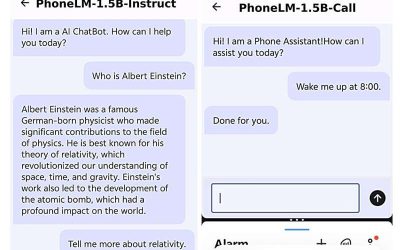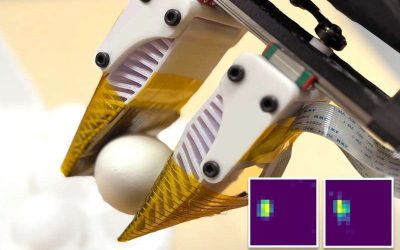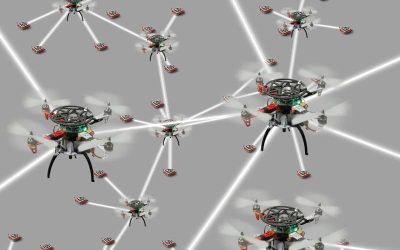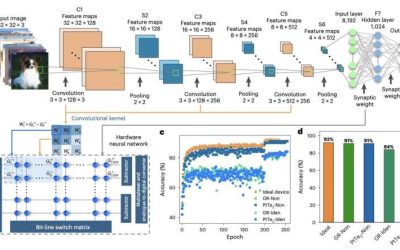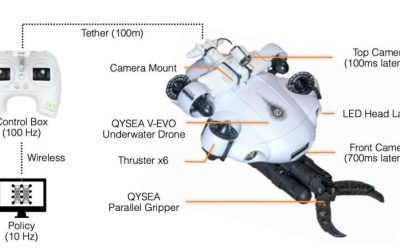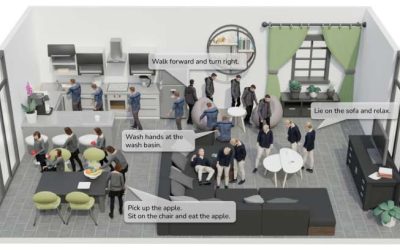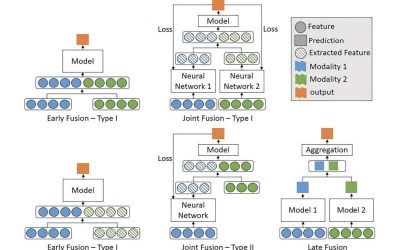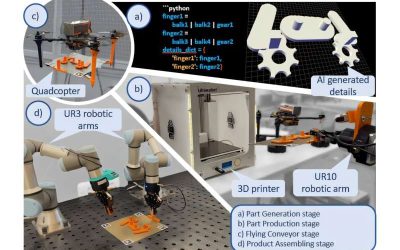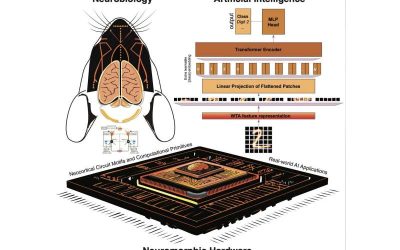One of the most promising approaches to teaching robots how to complete manual tasks such as cleaning dishes or preparing food is known as imitation learning. End-to-end imitation learning typically entails training a deep learning algorithm on raw videos, images...
Machine learning & AI
Shrinking AI for personal devices: An efficient small language model that could perform better on smartphones
Large language models (LLMs), such as Open AI's renowned conversational platform ChatGPT, have recently become increasingly widespread, with many internet users relying on them to find information quickly and produce texts for various purposes. Yet most of these...
Integrated multi-modal sensing and learning system could give robots new capabilities
To assist humans with household chores and other everyday manual tasks, robots should be able to effectively manipulate objects that vary in composition, shape and size. The manipulation skills of robots have improved significantly over the past few years, in part due...
A nervous system-inspired framework to deploy self-organizing robot swarms
The deployment of robot teams could allow humans to complete various real-world tasks faster and more efficiently. For instance, multiple co-operating robots could help to quickly find and rescue survivors of natural disasters or monitor pollution across large...
Unique memristor design with analog switching shows promise for high-efficiency neuromorphic computing
The growing use of artificial intelligence (AI)-based models is placing greater demands on the electronics industry, as many of these models require significant storage space and computational power. Engineers worldwide have thus been trying to develop neuromorphic...
Aquatic robot’s self-learning optimization enhances underwater object manipulation skills
In recent years, roboticists have introduced robotic systems that can complete missions in various environments, ranging from the ground to underground, aboveground and underwater settings. While several of these robots can grasp and move objects on the ground, the...
Computational framework simplifies synthesized motions for human characters in 3D environments
Artificial intelligence (AI) systems have become increasingly better at synthesizing images and videos showing humans, animals and objects. The automated generation of videos in which human characters engage in specific activities could have various valuable...
Alternative model can identify fake news by processing both textual and visual data
The advent of the internet has changed the way people access and share information, making it easier for malicious individuals to spread biased, unreliable or false news. Recent technological advances, including artificial intelligence (AI) models that can generate...
Study conceptualizes GenAI-driven Industry 6.0 with a successful swarm demonstration
Since the industrial revolution, manufacturing processes have continuously evolved in alignment with technological advances. Recent innovations, particularly in the field of robotics, 3D printing and machine learning, could soon facilitate further change, potentially...
AI mimics neocortex computations with ‘winner-take-all’ approach
Over the past decade or so, computer scientists have developed increasingly advanced computational techniques that can tackle real-world tasks with human-comparable accuracy. While many of these artificial intelligence (AI) models have achieved remarkable results,...


